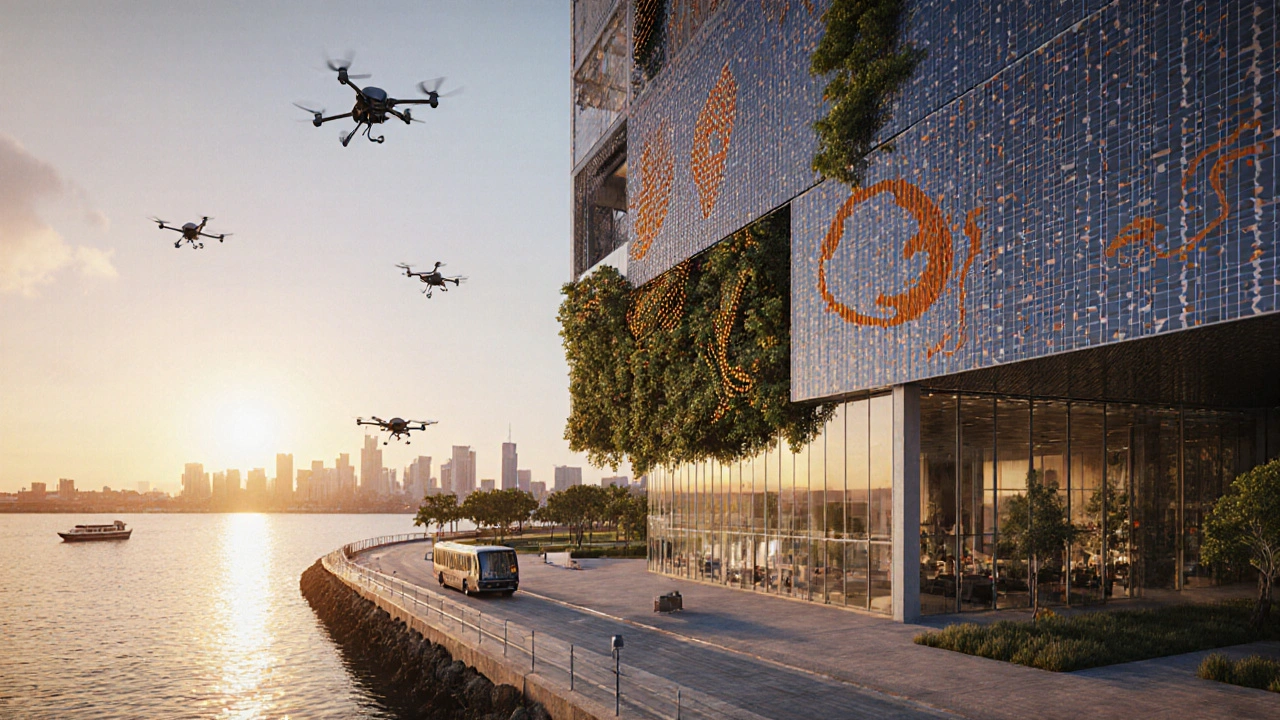Sustainable Government Buildings: Why They Matter and How to Build Them
When a city builds a new office, a school, or a courthouse, it has a chance to save money, lower emissions, and give citizens a healthier place to work and visit. Sustainable government buildings do exactly that – they use smart design, efficient systems, and eco‑friendly materials to cut energy bills and reduce the carbon footprint of public services.
Most people think green design is only for fancy museums or private offices, but the rules work just as well for city halls and libraries. By following a few clear steps, municipalities can create buildings that feel comfortable, last longer, and stay under budget.
Key Features of Green Government Buildings
Passive design. Position windows, walls, and roofs to capture natural light and keep heat where you need it. Proper shading, high‑performance insulation, and strategic orientation can cut heating and cooling needs by 30‑40%.
Energy‑efficient systems. Install LED lighting, high‑efficiency HVAC units, and smart sensors that adjust temperature and lighting based on occupancy. When the building knows when a room is empty, it can turn off lights and lower airflow automatically.
Renewable power. Solar panels on rooftops or parking structures are a low‑cost way to generate electricity on site. In many regions, government buildings qualify for tax credits that make solar a financially smart choice.
Water conservation. Low‑flow fixtures, rainwater harvesting, and grey‑water reuse lower the amount of fresh water needed for toilets and landscaping. Some cities have reduced water bills by 50% with these simple upgrades.
Use of sustainable materials. Choose locally sourced timber, recycled steel, or low‑VOC paints. These options lower the embodied carbon of the building and often meet green‑certification standards like LEED or BREEAM.
Real‑World Examples and Tips
Take the new civic center in Portland, Oregon. It combines a solar array, a green roof that captures rainwater, and operable windows that let staff control ventilation without HVAC. The building cut its energy use by 45% compared to the previous facility and saved the city $200,000 in the first year.
In Denver, the county courthouse used high‑performance glazing and automated shading devices. The design reduced glare for judges while cutting cooling loads during hot summers.
If you’re planning a project, start with a simple energy audit. Identify the biggest waste spots – often it’s older HVAC equipment or leaky windows – and prioritize those upgrades.
Next, involve stakeholders early. Facility managers, staff, and the public can offer ideas about comfort and accessibility that make the building more usable and greener.
Finally, set measurable goals. Whether it’s a 40% reduction in electricity use or achieving a specific green‑building rating, clear targets keep the project on track and make it easier to report savings to taxpayers.
Building sustainable government spaces isn’t a luxury, it’s a practical way to lower costs and protect the environment. By using passive design, efficient systems, renewable energy, water‑saving fixtures, and responsible materials, public buildings can become models of smart, affordable construction.
Ready to start? Talk to a local architect who knows green codes, run an energy model, and watch how a few smart choices can turn a regular building into a community asset that saves money and reduces emissions for years to come.

Future of Federal Architecture: Sustainable, Smart & Inclusive Design
Explore how federal architecture in Australia will evolve with sustainability, smart tech, indigenous influences and net‑zero goals, reshaping public buildings for the next decade.
Read more